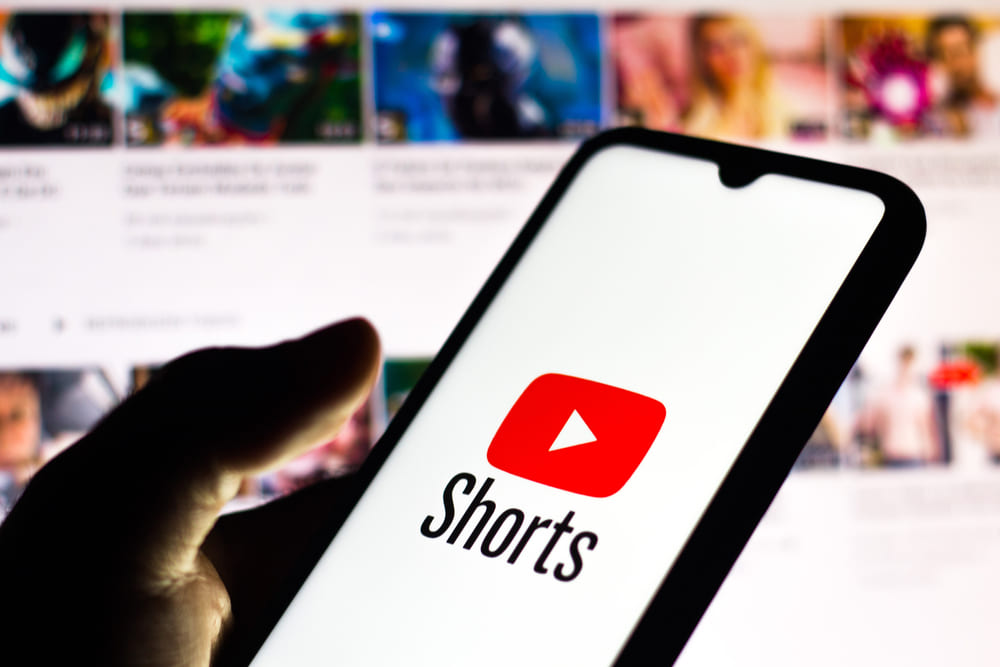Running Facebook ads without a solid budget strategy is like pouring money into a leaky bucket—money goes in, but not much comes out. Whether managing a small business budget or a large-scale campaign, knowing how to allocate your ad spend is key to getting results that justify the cost. Let’s break down proven budgeting strategies for Facebook ads.
Understand Your Campaign Objectives First
Before assigning a single dollar, you need clarity on what you’re trying to achieve. Facebook ad objectives fall into three broad categories:
- Awareness: For building brand visibility.
- Consideration: For getting traffic, engagement, or leads.
- Conversion: For driving purchases, sign-ups, or other bottom-funnel actions.
The type of objective should shape how you distribute your budget. If you’re a new brand, it makes sense to lean more heavily on awareness and traffic to build initial momentum. On the flip side, an established brand launching a new product may immediately prioritize conversion-focused campaigns.
Start by focusing a portion of your budget on top-of-funnel awareness to warm your audience. Once you’ve generated engagement and site traffic, shift spending toward conversion to capitalize on that interest.
Allocate Your Budget by Campaign Phase
Think of your ad budget as a tool that supports different performance stages. Break it into three core functions: testing, scaling, and retargeting.
- Testing is where you experiment and gather data. The budget should be flexible here, as this phase is about learning what works.
- Scaling involves increasing spending behind proven winners. Once you’ve validated what performs, this is typically where the majority of your budget will go.
- Retargeting focuses on converting warm leads. It doesn’t require a massive budget, but should run consistently to stay in front of people familiar with your brand.
This phased approach gives you a budget structure without locking you into fixed numbers and allows you to adapt based on real-time results.
Invest in the Testing Phase (Especially Early On)
Testing is where you gather the data that helps you spend smarter later. Going all-in on a single idea is tempting, but Facebook’s algorithm thrives on learning from multiple variables.
During your testing phase, you should test:
- Different creative formats (image vs. video)
- Ad copy variations
- Audience segments
- Placements (Feeds, Stories, Reels, etc.)
Run multiple ad sets with small daily budgets to compare performance. Once you identify the top performers, you can shift budget away from underperforming sets and into what’s working.
Scaling: Put More Money Behind What Works
Once you’ve tested and found your top-performing creatives and audiences, it’s time to scale. This is where you should allocate the bulk of your budget.
There are two main ways to scale:
- Vertical scaling: To avoid disrupting performance, gradually increase the daily budget on your winning ad sets (ideally no more than 20% every 2–3 days).
- Horizontal scaling: Duplicate the winning ad sets and test them with new audiences, placements, or geographies.
- Optional bid strategies when scaling: Cost Cap, Bid Cap, Accelerated Delivery with Bid Cap
Data, not instinct, should always drive scaling. Let performance metrics guide your next move.
Don’t Skip Retargeting
Retargeting warm audiences—website visitors, video viewers, or cart abandoners—often delivers the highest ROI across your campaign.
You don’t need to spend a considerable portion of your budget here, but you do need to allocate enough to stay in front of these valuable users.
Track ROI and Reallocate Regularly
Budgeting for Facebook ads isn’t a one-and-done deal. You should review your ad performance weekly (if not more often) and make adjustments accordingly.
- Cost per result (click, lead, sale)
- Return on ad spend (ROAS)
- Frequency (to avoid ad fatigue)
- CTR and engagement rates
If a campaign is underperforming after enough data has been collected (usually 3–5 days), it’s time to pause, tweak, or reallocate the budget elsewhere.
There’s no one-size-fits-all approach to budgeting Facebook ads, but a more thoughtful way exists. Start by aligning your budget with your goals. Invest in an intense testing phase, then shift your spending toward what’s working. Don’t forget about retargeting, and continuously track performance closely.
When you approach your ad budget strategically, you stop guessing and start scaling.




